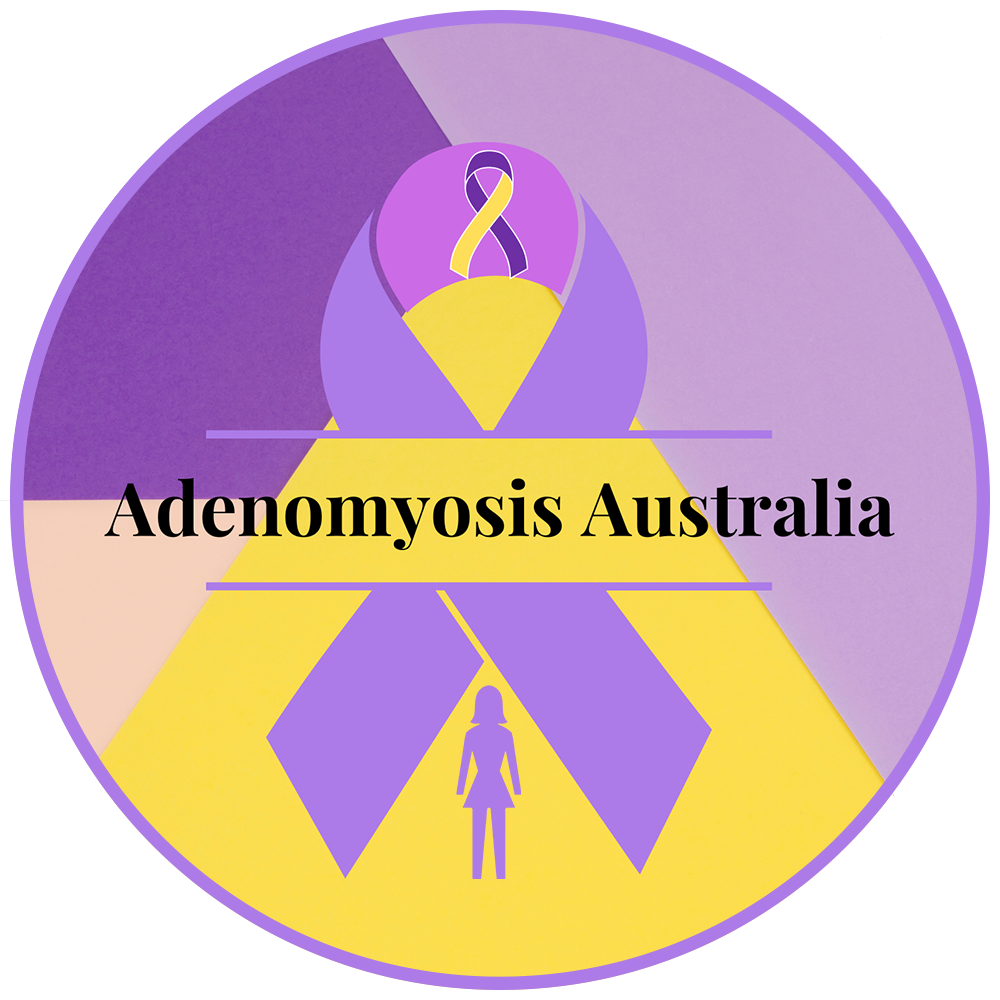ADENOMYOSIS AUSTRALIA
What we believe in
We are an organisation that gives women with adenomyosis a voice as well as a helping hand so they may combat this condition and receive assistance along the way.
You are not alone!
Who we are
Adenomyosis Australia is an organisation that has created an enterprise to improve the lives of Australian women for those that are suffering with this painful disease.
What we do
Adenomyosis Australia has partnered with the Fight ENDO Foundation Ltd. A non-profit organisation and charity that provides a place of help and hope, working to ensure that all women affected by adenomyosis, and endometriosis can live their best lives without being inhibited by the disease.
About Adenomyosis
Adenomyosis occurs when the endometrial tissue that normally lines the uterus develops into the uterine muscle wall. Throughout each menstrual cycle, the misplaced tissue continues to grow, degrade, and bleed regularly. Consequences include an enlarged uterus and unpleasant, heavy menstruation. Doctors are uncertain as to the aetiology of adenomyosis, however the condition typically cures following menopause. Hormonal therapies can assist women suffering from significant adenomyosis discomfort. Hysterectomy (uterine removal) heals adenomyosis.
Symptoms
Sometimes, adenomyosis causes no signs or symptoms or only mild discomfort. However, adenomyosis can cause: Heavy or prolonged menstrual bleeding Severe cramping or sharp, knifelike pelvic pain during menstruation (dysmenorrhea)Chronic pelvic pain Painful intercourse (dyspareunia)Your uterus might get bigger. Although you might not know if your uterus is bigger, you may notice tenderness or pressure in your lower abdomen.
When to see a doctor
If you have prolonged, heavy bleeding or severe cramping during your periods that interferes with your regular activities, make an appointment to see your doctor.
Causes
The aetiology of adenomyosis is unknown. There are other hypotheses, including:
Invasive tissue expansion
Some specialists believe that endometrial cells from the uterine lining enter the muscle that makes up the uterine walls. During a surgery such as a caesarean section (C-section), uterine incisions may stimulate the direct invasion of endometrial cells into the uterine wall.
Developmental origins
Other specialists suggest that endometrial tissue is deposited in the uterine muscle when the uterus is initially established in the foetus.
Inflammation of the uterus caused by delivery.
Another notion implies a connection between adenomyosis and pregnancy. During the postpartum period, inflammation of the uterine lining may produce a breach in the normal barrier of lining cells.
Stem cell beginnings
A recent notion suggests that stem cells from the bone marrow may infect the uterine muscle, creating adenomyosis.
Regardless of how adenomyosis begins, its growth is dependent on the estrogen levels in the body.
Risk factors
Prior uterine surgery, such as C-section, fibroid removal, or dilatation and curettage (D&C) Childbirth Middle age.
Most cases of adenomyosis — which depends on estrogen — are found in women in their 40s and 50s. Adenomyosis in these women could relate to longer exposure to estrogen compared with that of younger women. However, current research suggests that the condition might also be common in younger women.
Complications
If you frequently experience lengthy, heavy menstrual flow, you may develop chronic anaemia, which causes exhaustion and other health issues. Although adenomyosis is not hazardous, the associated pain and frequent bleeding can affect your lifestyle. You may avoid activities that you once enjoyed due to pain or fear of bleeding.
How to detect Adenomyosis
Common Tests & Procedures
- Physical examination: A pelvic exam can detect enlargement and tenderness of the uterus.
- Ultrasound: To observe the characteristics of the disease.
- Magnetic resonance imaging (MRI): MRI scan of the pelvis is performed to detect fibroids on imaging.
- Hysteroscopy: To obtain tissue for biopsy for further analysis.
Is CT insensitive for adenomyosis?
CT is insensitive for adenomyosis but may demonstrate resulting uterine enlargement. Distinguishing adenomyosis and uterine fibroids on CT is challenging, although the presence of calcifications can be of favour.
Pelvic MRI is the modality of choice to diagnose and characterize adenomyosis.
ADENOMYOSIS FACTS
Can you fall pregnant with adenomyosis?
Adenomyosis is distinctive to each woman, although most women with adenomyosis can still become pregnant, if there are no other issues. However, adenomyosis can sometimes make it more difficult for embryos to implant and develop.
Surgery isn’t the only treatment option for Adenomysosis
In some instances doctors or Adenomyosis is best treated and managed at an advanced age, as the condition typically improves as menopause approaches due to fluctuating hormone levels. Each patient will require individualised care and treatment plans, but surgery is not always necessary. Non-hormonal treatment, such as anti-inflammatory medicines, can be helpful, as can natural approaches including dietary and exercise modification and alteration of the activity level. Your specialist may prescribe hormone treatment or an IUD (Mirena). When other treatments, such hormone replacement therapy, have failed, a hysterectomy may be suggested.
Do you think you have Adenomyosis?
If your period is so painful and heavy that it interferes with your daily life, you should see a doctor and seek to be referred to a gynecologist.
NEWSLETTER
Subscribe to our monthly newsletter and stay up to date with all news and events.





PROUD PARTNERS
PROUD PARTNERS











